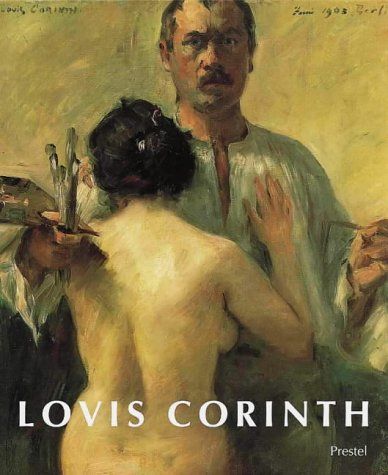
Lovis Corinth
Lovis Corinth was one of the most exciting artists to emerge from turn-of-the-century Germany. Together with Max Beckmann and Oskar Kokoschka, he became one of the greatest figurative painters of the early twentieth century. An outsider of astonishing individuality, he has resisted categorization by art historians in terms of Impressionism, Expressionism, and other movements. Corinth began his career in the realist tradition in the 1880's, but he was soon at the vanguard of change. Following a period in Munich when his religious and mythological paintings brought him his first taste of fame, Corinth moved to Berlin in 1901, where he spearheaded the protest against Kaiser Wilhelm II's official policy on art. Towards the latter part of his career, Corinth's work clearly reflects his reactions to his own illness and to World War I. Objects are caught up in a play of broad, energetic brush strokes, the paste-like layers of paint applied in sweeping, parallel movements to produce the characteristic hatching that became his hallmark. These later works - mainly landscapes, portraits and self-portraits - continued to be an inspiration to representatives of later movements. Lovis Corinth provides a comprehensive analysis of the artist still little known outside Europe. The Munich and Berlin years, his sources and inspiration, his subject matter, his painting and drawing are examined by authors from America, Britain, and Germany. The book is beautifully illustrated with numerous colour reproductions of his oil paintings, watercolours, drawings, and graphic works, providing the definitive illustrated reference on the artist.